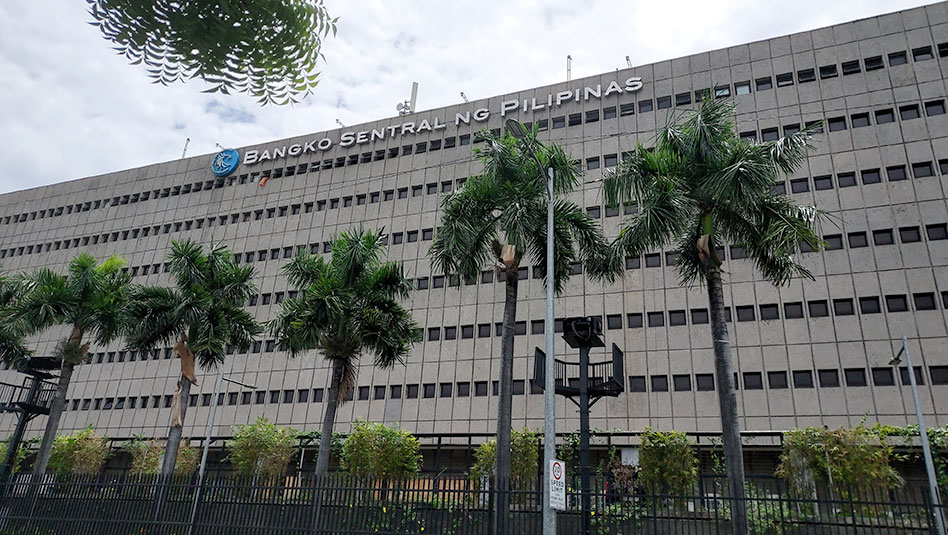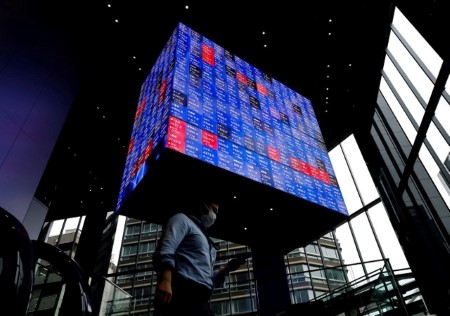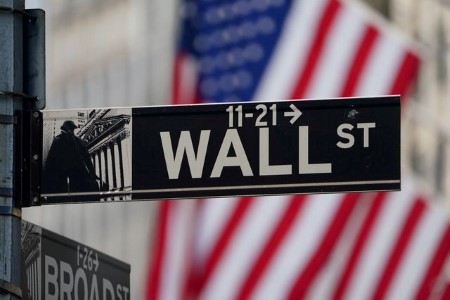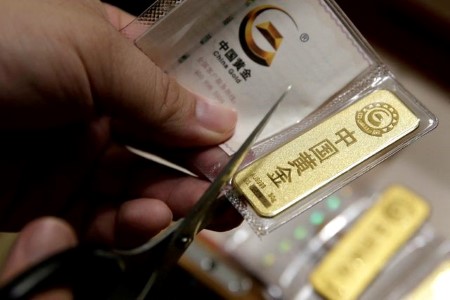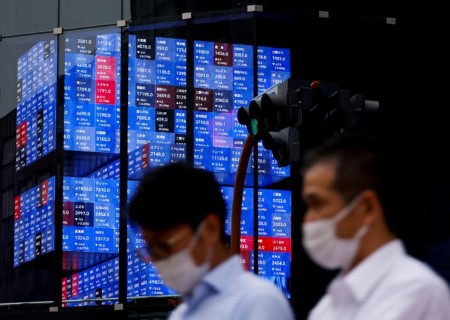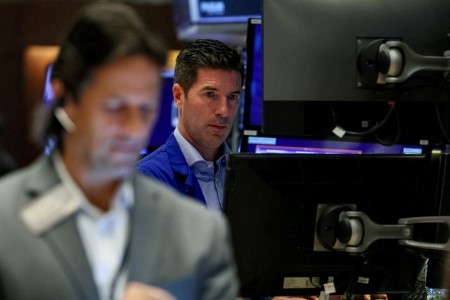Oct 19 – Oil prices settled higher on Thursday as traders remained nervous that Israel’s military campaign in Gaza could escalate to a regional conflict.
Brent futures for December settled up 1%, or 88 cents, at USD 92.38 a barrel while US West Texas Intermediate (WTI) futures for November, which expire on Friday, settled up USD 1.05, or 1.2%, at USD 89.37 a barrel. At their session lows, both benchmarks were down more than USD 1 a barrel.
Israeli Defence Minister Yoav Gallant told troops gathered at the Gaza border that they would soon see the Palestinian enclave “from inside”, suggesting an expected ground invasion with the aim of annihilating Hamas could be nearing.
Egyptian aid trucks moved closer to the only crossing into Gaza not controlled by Israel, but still had not passed through despite a request from US President Joe Biden to allow the aid.
“We are still very much in flux and the potential to escalate, particularly from the Arab world, is an issue,” said John Kilduff, partner at Again Capital LLC in New York.
US forces in Syria brought down two drones that were targeting them, leading to some minor injuries, US officials said.
Prices were supported later in the session after Federal Reserve Chair Jerome Powell said that the US central bank would be “proceeding carefully” on future interest rate hikes, which could slow the economy and dent fuel demand.
Fed funds futures traders are pricing in a 39% probability the Fed will raise rates again by December, but only a 6% chance of a hike in November, according to the CME Group’s FedWatch Tool.
Gains were limited after the US issued a six-month license authorizing transactions in the energy sector of OPEC member Venezuela, whose government reached an agreement with the political opposition there to ensure fair 2024 elections.
The deal is not expected to quickly expand Venezuela’s oil output but could return some foreign companies to its oilfields and provide more cash-paying customers for its crude, experts said.
Easing of US oil sanctions on Venezuela is unlikely to require any policy changes by the OPEC+ producer group for now as a recovery in production is likely to be gradual, OPEC+ sources told Reuters.
On Wednesday, oil prices climbed about 2% on concerns about disruptions to global supplies after OPEC member Iran called for an oil embargo on Israel over the conflict in Gaza and after the US, the world’s biggest oil consumer, reported a larger-than-expected inventory draw, adding to already tight supplies.
The Organization of the Petroleum Exporting Countries (OPEC) is not planning to take any immediate action on Iran’s call, sources told Reuters.
Saudi Arabia had said it would keep its voluntary output cut until year-end. Japan, the world’s fourth-largest crude buyer, urged the Saudis and other oil-producing nations to increase supplies to stabilize the global oil market which could be roiled by the conflict.
US crude oil and fuel inventories dropped last week on rising demand for diesel and heating oil, according to data from the Energy Information Administration (EIA). Distillate fuel stockpiles fell by 3.2 million barrels in the week to Oct. 13 to 113.8 million barrels, EIA data showed.
Crude inventories fell by 4.5 million barrels to 419.7 million barrels, while gasoline fell by 2.4 million barrels to 223.3 million barrels.
(Additional reporting by Katya Golubkova in Tokyo and Emily Chow; Editing by Mark Potter, Kirsten Donovan, and David Gregorio)







 DOWNLOAD
DOWNLOAD

